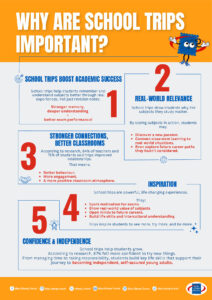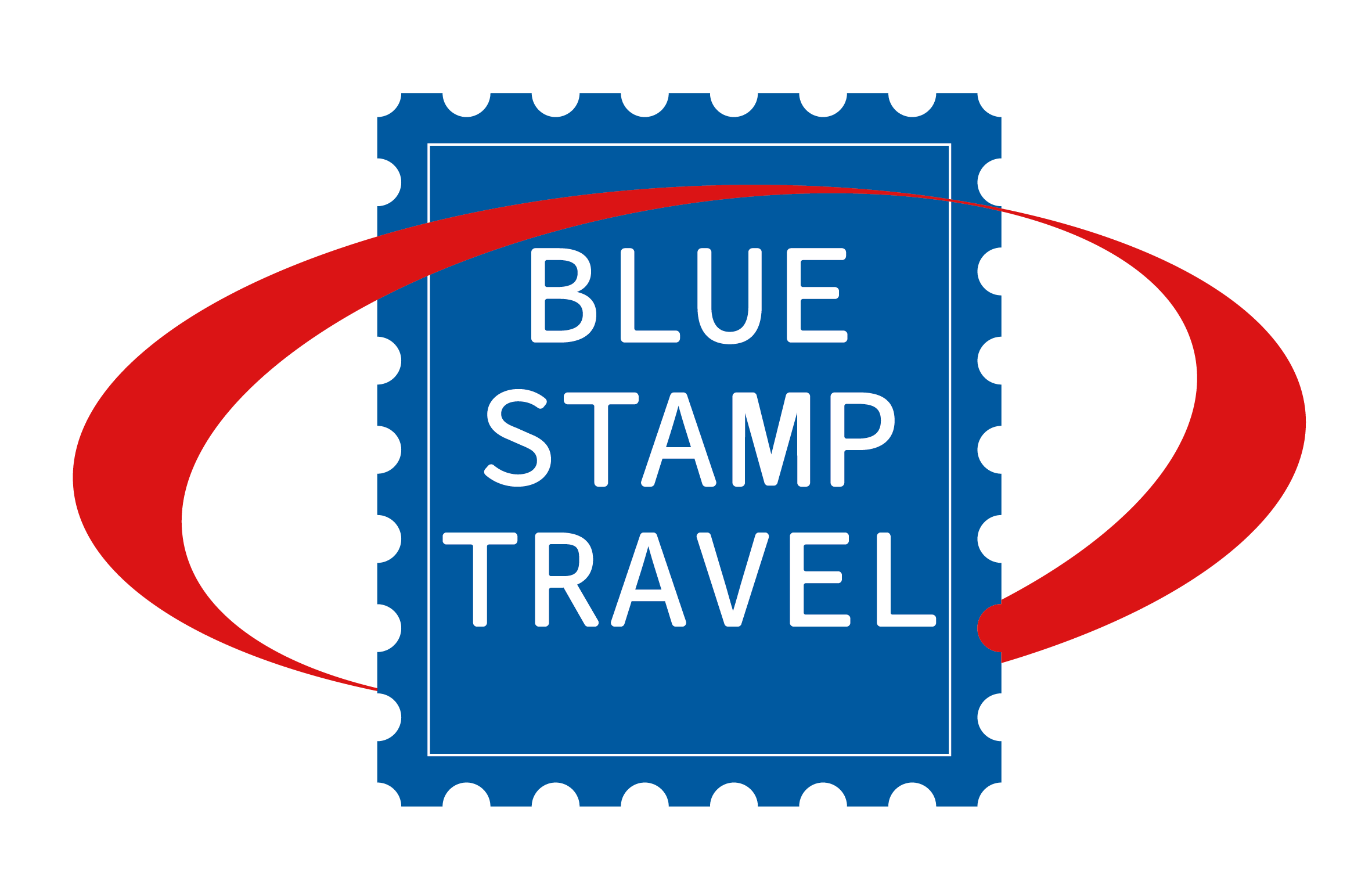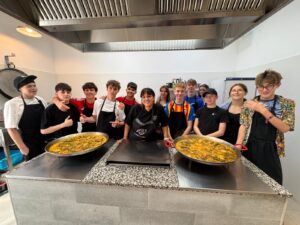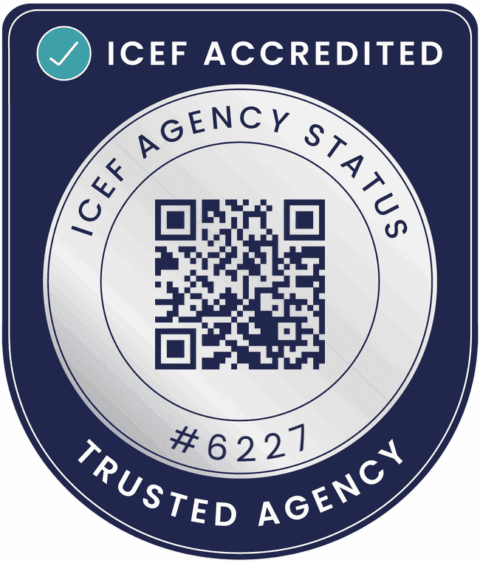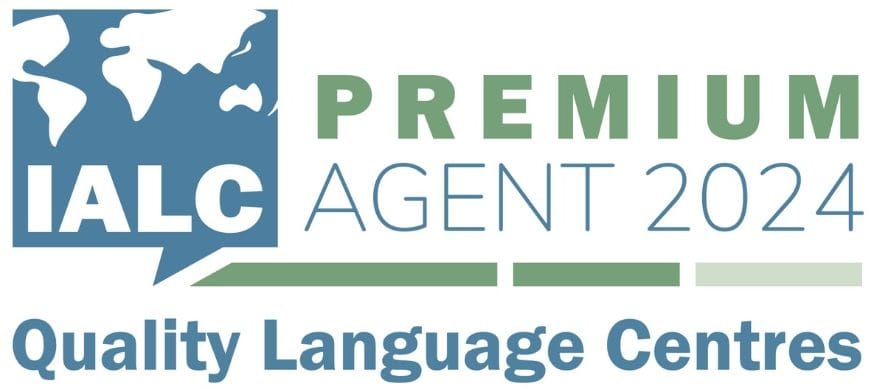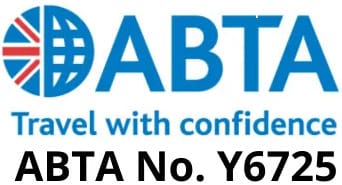Keeping School Trips Affordable
As with so many things, school trips and travel are more expensive than they used to be. No one can deny that the cost of living has impacted travel. School travel is no exception.
However, the importance of school trips and the benefits that they can bring students (and staff) still means that a well-organised trip can be of great value! For many students, school trips are some of the outstanding and longest-lasting memories of their days in school.
School trips need not break the bank. Making some smart choices at the planning phase can reduce the cost.
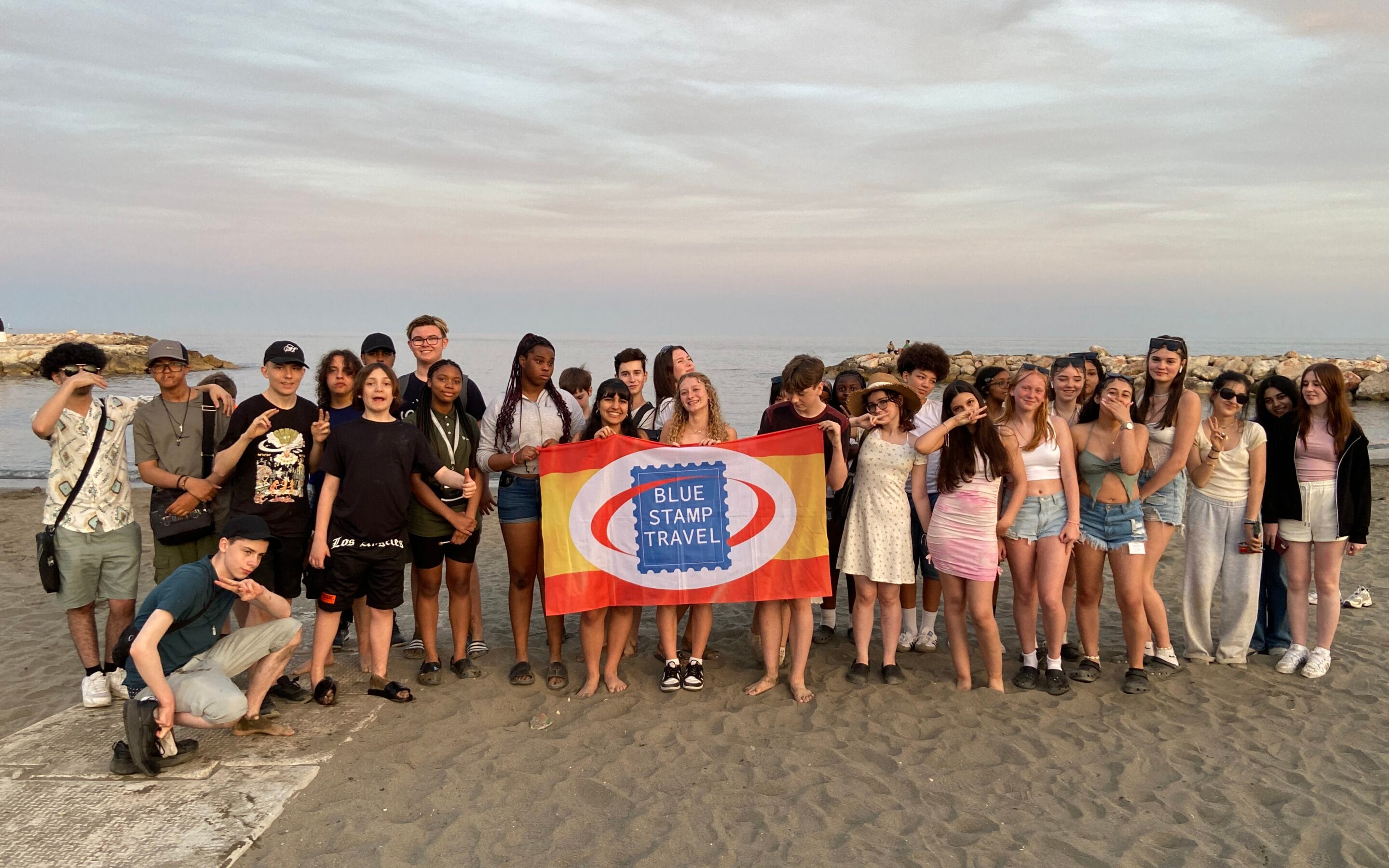
At the Quoting and Planning Stage
Quote and book early: Paying deposits early helps you avoid rising flight prices and gives you the widest choice of accommodation.
Consider travel dates: If you can be flexible, you may find cheaper flights. Dates that overlap with holidays are always more expensive.
Think about transfers: Factor in costs both in the UK and at your destination.
Be ready to move quickly: Prices and accommodation can’t be held indefinitely. Work with your school’s finance department so payments can be made efficiently.
Group Sizes and Staffing
Optimise your staff-to-student ratio: Some schools work on 1:10, while others might require 3 teachers for 21 students, which increases the cost per student.
Increase group size: If your numbers are small, consider opening the trip to multiple year groups, combining subjects (e.g. languages with history or art), or even working with another school in your area or trust.
Make the most of coaches: A coach costs roughly the same for 20 or 40 passengers. Aim for larger groups to get better value.
Staff sharing rooms: Hostels often provide multi-bed rooms (4/6/8 beds with private bathrooms) that are geared for groups. Single rooms, however, can be as expensive as hotel rooms. Sharing can bring real savings.
Travel Choices
Checked luggage or carry-on only? Not all airlines allow it for groups, but avoiding checked bags can reduce costs. For trips of a week or so, particularly in mild or warm weather, a 10kg cabin suitcase and a small personal bag are usually enough. Check out our guides on packing light and cabin luggage.
Coach vs flight: For shorter journeys, a coach can be cost-effective. For longer journeys, a flight is sometimes the better option.
Accommodation and Meals
Half-board accommodation: Breakfast and dinner included, with students buying lunch themselves, can keep costs down. It also gives students a chance to practise language skills and explore local cafés, bakeries, and markets.
Homestay options: Homestays can be cheaper than hostels or hotels and provide real immersion in language and culture. Always check with SLT and test the appetite with students and parents first.
Avoid costly destinations: Some major cities add a nightly city tax, which can be as much as £10 per person.

Activities and Funding
Mix free and low-cost activities: Walking tours, beach games, scavenger hunts, and many museums or galleries can be affordable and fun.
Lead activities yourself: Local guides add value but aren’t always essential. Be aware that some larger attractions require groups to use official guides.
Look for funding: Check for support within the school or from local charities and community groups to help disadvantaged students.
Consider the Turing Scheme: While not a quick or guaranteed option, successful applications can support international educational experiences.
Final Thoughts
With careful planning and a few smart decisions, school trips can remain affordable while still delivering incredible value and unforgettable experiences. If you’re planning a school or group trip, let Blue Stamp Travel take care of the details. Head to our Group Trips page to learn more, or request a quote.
